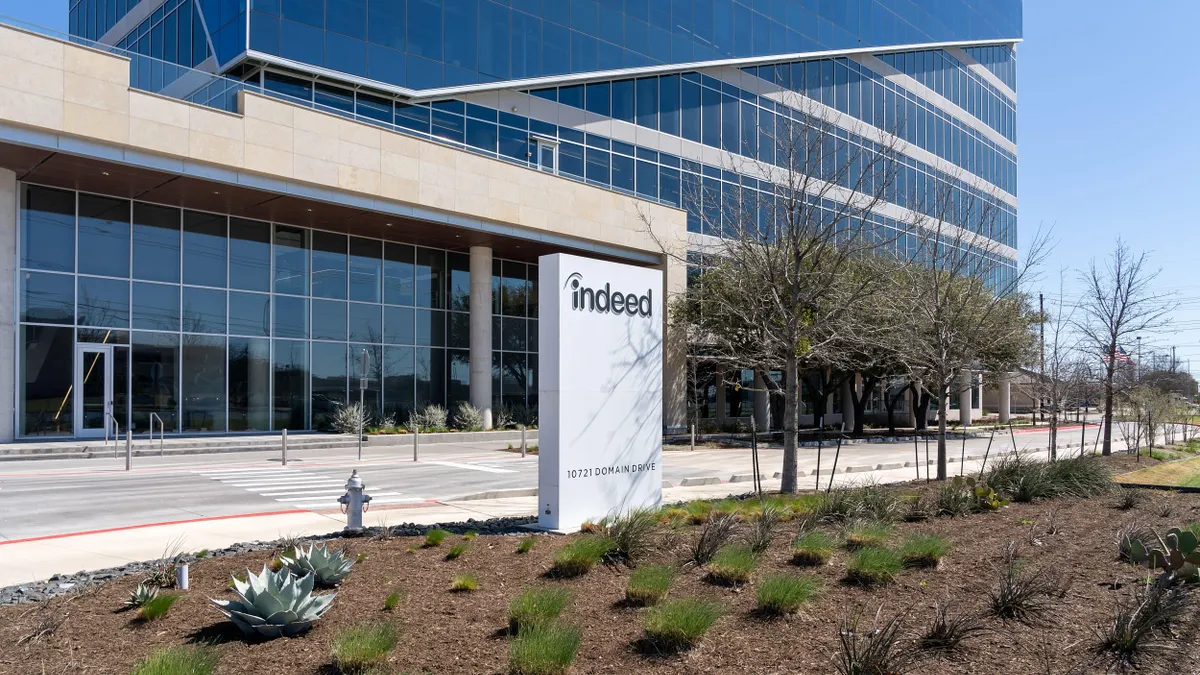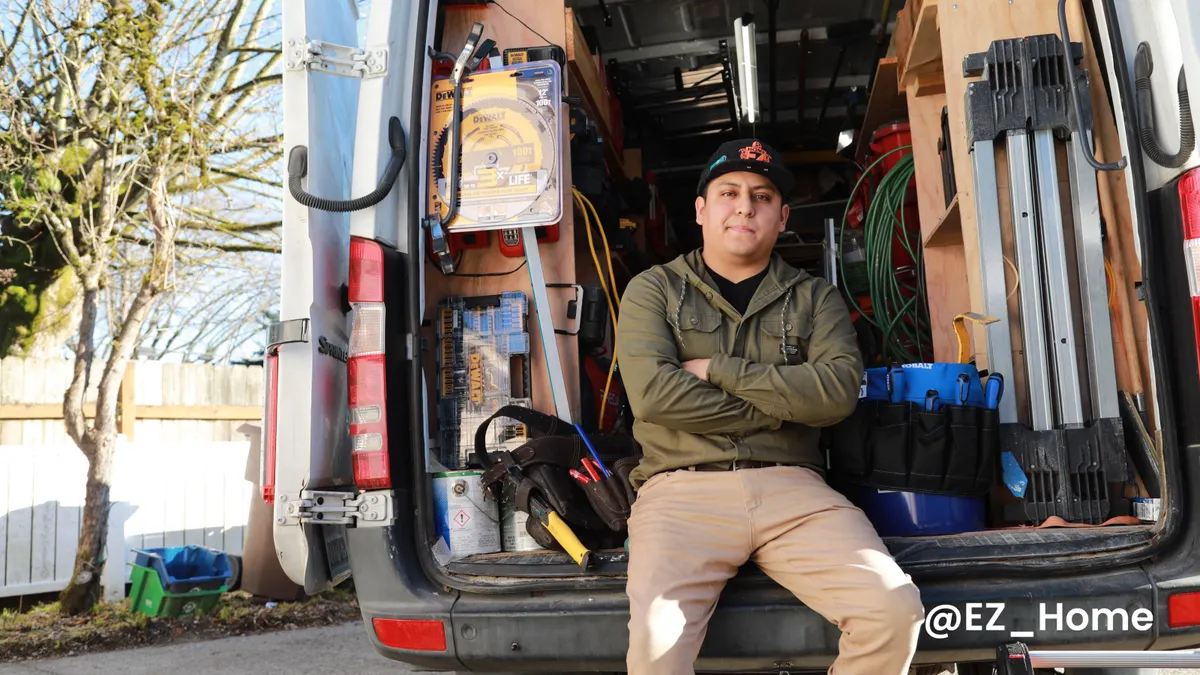Alexia Cambon is a research director in the Gartner HR practice. She works with clients to solve challenges around hybrid work design, employee experience, improving organizational culture and creating a compelling employment value proposition. Views are the author's own.
At this moment in time, hundreds of thousands of businesses face the same daunting workplace dilemma: Do flexible work decisions belong with the organization or with the employee? Pre-pandemic, the idea of a basic right to flexible work seemed laughable. If an individual desired more control over how, where and when they work, the solution was self-employment. In exchange for flexibility, the worker would take on a high degree of risk: no guarantee of a paycheck, complicated healthcare, no 401k. The opportunity cost of self-government was uncertainty. But we are rapidly approaching an era where self-governance — at least in the workplace — does not belong solely with risk-takers.
During the last nine months, I spent more than 70 hours talking with C-suite executives about the future of work. At the same time, a team of Gartner researchers conducted a survey of 5,000 global employees about their work preferences, their expectations for flexibility and their satisfaction (or not) with their leaders’ communications in this area. This field of research is the most complex I have undertaken, with very little foundation on which to base hypotheses.
The clearest conclusion I have come to is this: Decisions about how we work are deeply personal.
As I spent my workdays anxiously evaluating the widening chasm between employee and employer perspectives on this topic, it has become apparent that decisions organizations make in the next few months will be some of the most important in the history of work. Never before have senior leaders been entrusted with a responsibility of this scale, one that has significant, wide-ranging impact on employees’ lives, both personal and professional.
Because how, when and where we work are deeply personal decisions. Asking an employee to commute for two hours each day is just not a necessary part of having a career anymore. There is a much clearer understanding now that those two hours are time away from children and loved ones, time subtracted from sleep — sacrifices of a personal sort. Commuting every day, for me, would make it impossible to train for the ultramarathons that are a fundamental driver of health and happiness in my life. If my employer asked me to sacrifice this personal passion to come into the office — after a year of delivering quality work and demonstrating high productivity from home — it would feel random, and a little hurtful.
When companies ask employees to return to the office, it is these personal sacrifices workers see themselves being asked to make that bruise.
It’s not just commuting that is in question. Think of the other gains made that come from having more control of the work environment. One in two women who worked fully on-site prior to the pandemic, but have been remote since, told Gartner that the level of safety they feel while working has improved in the last 12 months, with 27% reporting it as "significantly better." Eighty-one percent of remote employees with a disability told us they felt their team ensures all team members feel equally heard and respected, compared to 56% of those on site. For populations historically underrepresented when it comes to deciding optimal work design, greater safety and higher equity in the work experience are no small things. Seeing your organization revert back in total disregard to these advancements is wounding. No wonder we are beginning to see tidal waves of resignations.
Rarely acknowledged is that this is a deeply personal issue for leaders, too.
The majority of leaders I spoke to during my research were open-minded, curious and keen to understand the best approach for both organizational and workforce health. Some relayed frustrations with their organization’s approach and were emotional and upset on behalf of employees. Other leaders I spoke to were confused, hesitant and worried about what evolution meant for their role. Across these conversations, a theme emerged: Many leaders are living an identity crisis.
Most leaders have spent their careers literally seeing hierarchy reflected back at them in the office. They have relied on direct visibility to inform decisions about people and have become used to being the main voice in the conference room during a meeting. This is much harder to achieve via Zoom, where everyone is the same democratically sized square on a screen. There is a huge, and perhaps natural, sense of loss at letting go of this piece of their leadership experience.
Undoubtedly this personal loss will be subconsciously factored into decision-making, which is precisely why these decisions cannot be made solely at the senior leadership level. The data shows that the generation most likely to be making these decisions, baby boomers, are also the least likely to want flexibility; whereas Gen Z, least likely to be involved in decision-making, are most likely to want flexibility. Almost half (45%) of employees said their preferences for long-term flexible work are not taken seriously enough by leadership.
Any organization that treats its future of work strategy as primarily a business decision to be made by the CEO is treading dangerous waters. Employees, more than ever, feel they have a basic right to decide how work fits into their life. Meanwhile, what it means to be a leader is fundamentally changing every day. How and where we spend our time, who we are and what we do are all dimensions that make up lives, and they are all being questioned at every level of the organization. It is a vulnerable, experimental time.
The future of work is deeply personal. The starting point for these decisions cannot be a place of productivity, cost and efficiency. The starting point must be acknowledging that our resistance to, or our desire for, evolution comes from a deeply personal place. From there, we can start to reinvent work in a way that does not compromise the relationship between employee and employer, but closes the widening gap between them.




















